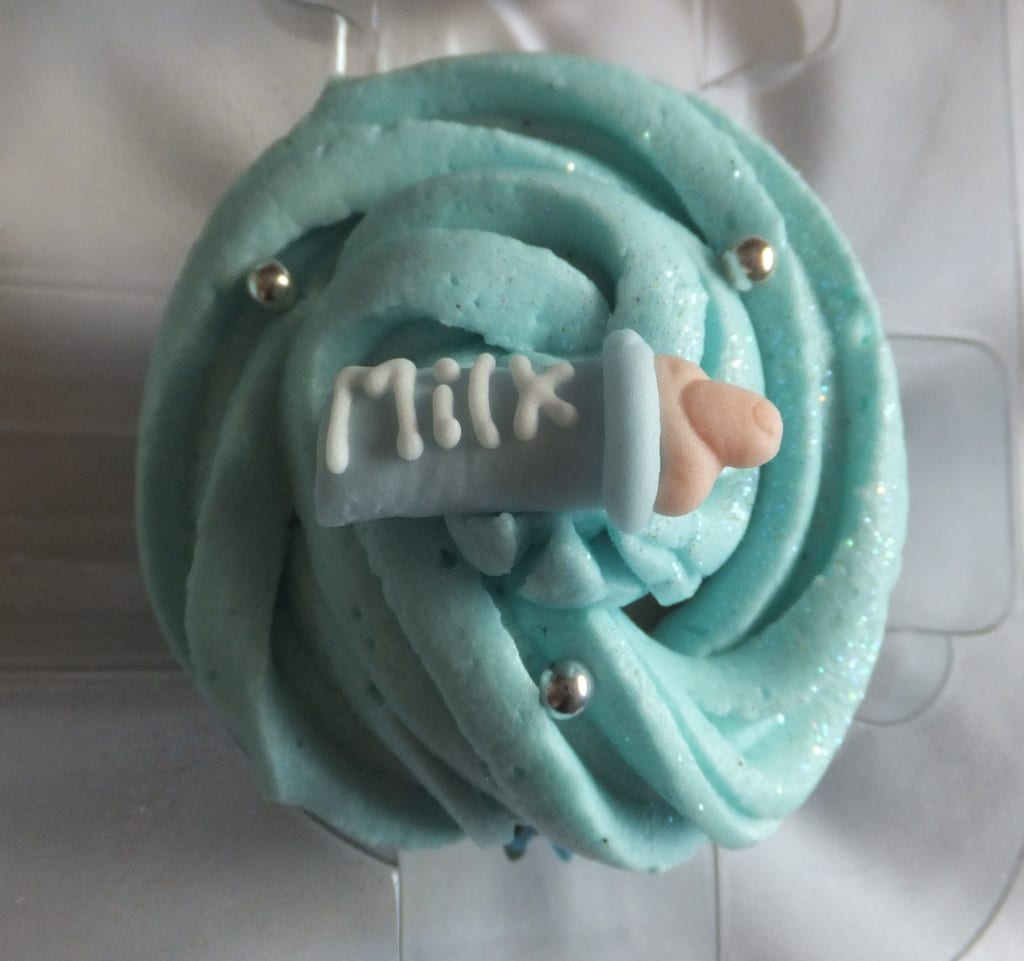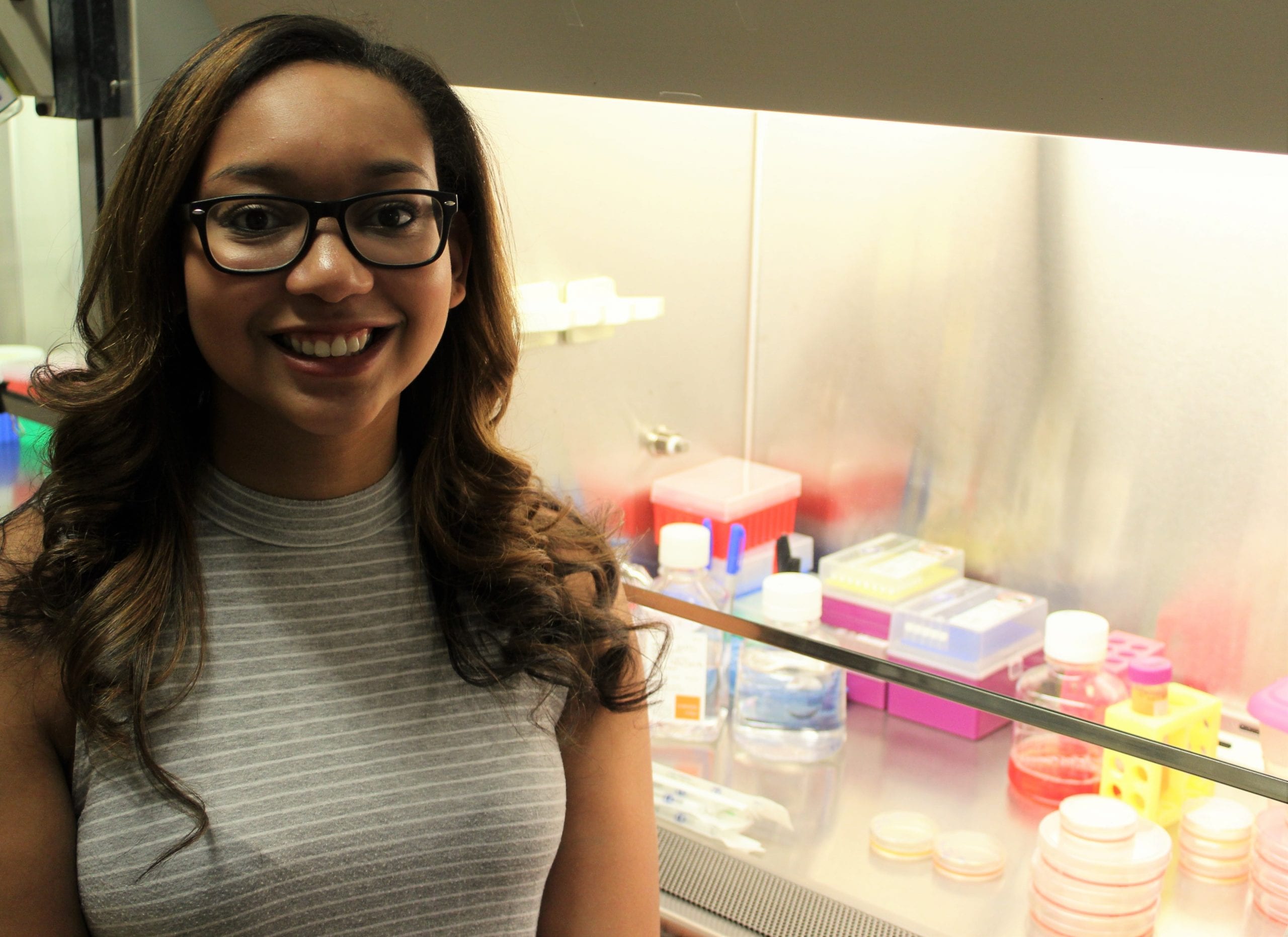It's safe to say that parents want what's best for their children. But determining what exactly is best isn't always black and white. One of the first things a new parent has to provide for their newborn baby is nutrients. An increasing number of studies are showing evidence of the benefits of breast milk for infants compared to manufactured infant formula. However, providing only breast milk poses a challenge for numerous individuals, such as foster or adoptive parents, non-traditional families, mothers with lactation challenges, or mothers who work outside of the home. So what's a parent to do when they want to provide the best nutrients for their child?
Researchers have now identified a key component of breast milk known as human milk oligosaccharides, or HMOS, that could help give formula more support for newborn immune systems.

What's in a boob?
In 2003 the World Health Organization and UNICEF published a study which found that lack of breastfeeding was associated with higher rates of infant and childhood morbidity and mortality. In light of this, many parents turn to milk banks and online breast milk sales or donation sites. While this seems like a great solution, there are still several barriers that limit accessibility to human breast milk on the market, such as inadequate supply and lack of affordability. In addition, breast milk is one of the few bodily fluids that is not highly regulated by the government, so safety is also a concern.
So what's so special about breast milk that makes formula an unsatisfying substitute? Breast milk is a mixture of proteins, fats, and other nutrients. Researchers are discovering how these different components provide support for specific needs of the baby. These factors are important for providing sustenance, but it turns out that breast milk also serves as the infant's primary source of immunity against pathogens. Unlike formula, breast milk contains white blood cells and antibodies from the mother, and for many years these components were believed to be the main factors contributing to boosting the baby's immune system. But these aren't the only contributing factors to immune support after all.
Researchers have discovered sugars, also called carbohydrates, support the baby's developing immune system. Milk contains both simple and complex carbohydrates. Simple carbohydrates are used by the body for energy. Lactose, is a simple carbohydrate in milk made up of two sugar units – glucose and galactose. Breast milk also contains more complex carbohydrates, known as oligosaccharides, often made up of around 5 sugar units. These HMOs could help give formula more support for newborn immune systems.
Until recently, scientists weren't sure what function HMOs served in breast milk. Researchers have now determined that these complex sugars play a vital role in supporting the infant's early immune system and serve as antibacterial agents to protect the baby from bacterial infection. It appears the HMOs can bind bacteria and either kill the bacteria, or keep them from invading the cells of the infant's intestine. HMOs have even been found to be capable of breaking down bacterial protective layers called biofilms, and making the bacteria more susceptible to antibacterial agents.

Is formula the formula for success?
In comparison to breast milk, infant formula typically contains proteins from cow's milk or soy beans, fats from vegetable oils, and lactose as a primary carbohydrate source. Proteins, fats and carbohydrates are macronutrients that are necessary for survival, and infant formula provides carefully balanced portions of these to support the dietary needs of the baby. In the future, manufacturers could potentially include specific HMO structures in infant formula to help protect babies from the most common pathogens.
Moving bottle up from being “2nd breastâ€
More research needs to be conducted to determine which HMOs are playing the most significant roles for bacterial defense. This isn't an easy task; there are approximately 200 different HMO structures! Once identified, though, these improvements to formula can help provide infants with the best immune support possible. This way, no matter how they're fed, we can all have happy, healthy babies!
Featured image credit: badarsk via Creative Commons
 Michelle Dookwah is a graduate student at the University of Georgia Complex Carbohydrate Research Center, where she studies rare neurological disorders using patient stem cells. She's pretty passionate about science and science communication. However, she also enjoys numerous activities in her free time, including reading, listening to podcasts and audiobooks, hiking, baking, and obsessing over her labradoodle named Goose! More from Michelle Dookwah.
Michelle Dookwah is a graduate student at the University of Georgia Complex Carbohydrate Research Center, where she studies rare neurological disorders using patient stem cells. She's pretty passionate about science and science communication. However, she also enjoys numerous activities in her free time, including reading, listening to podcasts and audiobooks, hiking, baking, and obsessing over her labradoodle named Goose! More from Michelle Dookwah.
About the Author
- athenssciencecafehttps://athensscienceobserver.com/author/athenssciencecafe/April 17, 2020
- athenssciencecafehttps://athensscienceobserver.com/author/athenssciencecafe/April 12, 2020
- athenssciencecafehttps://athensscienceobserver.com/author/athenssciencecafe/April 3, 2020
- athenssciencecafehttps://athensscienceobserver.com/author/athenssciencecafe/March 30, 2020







